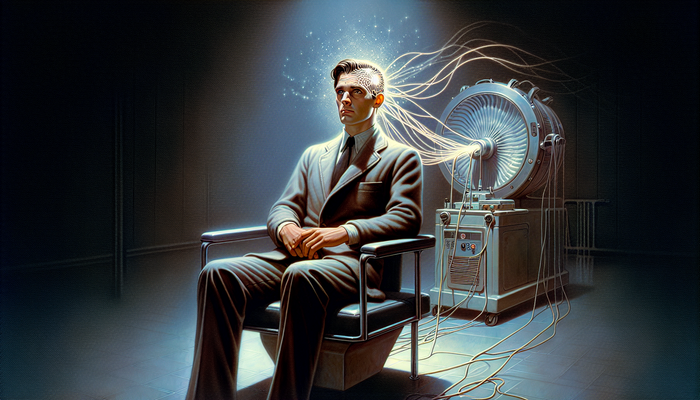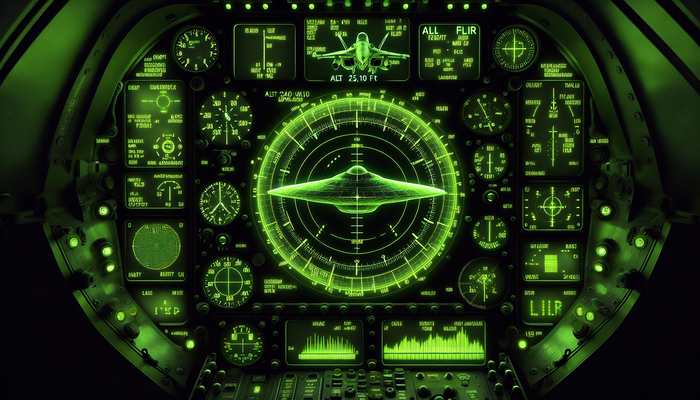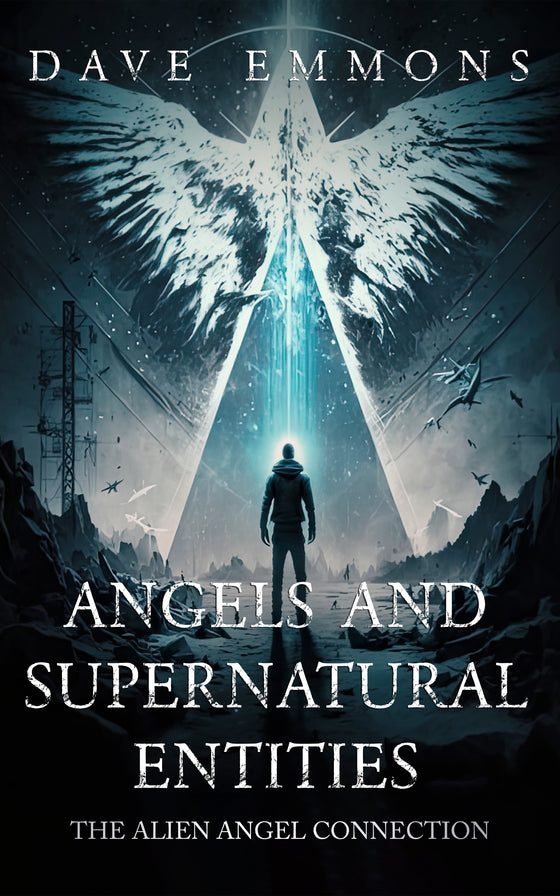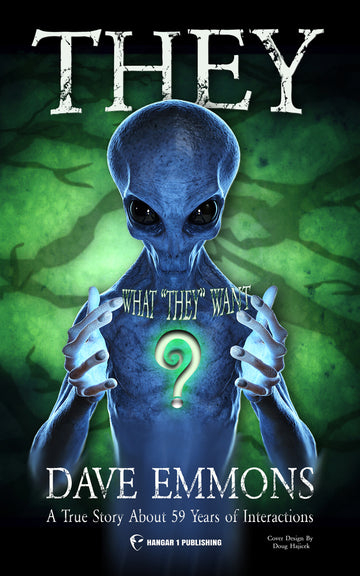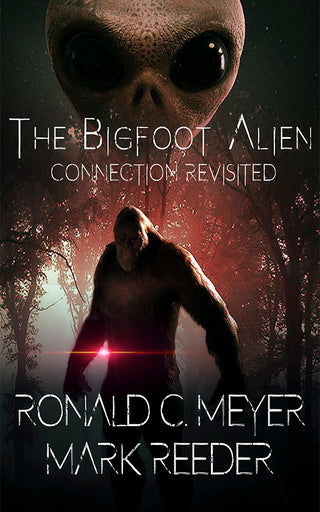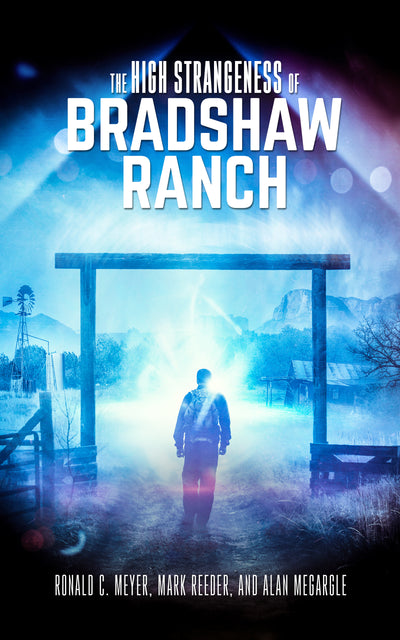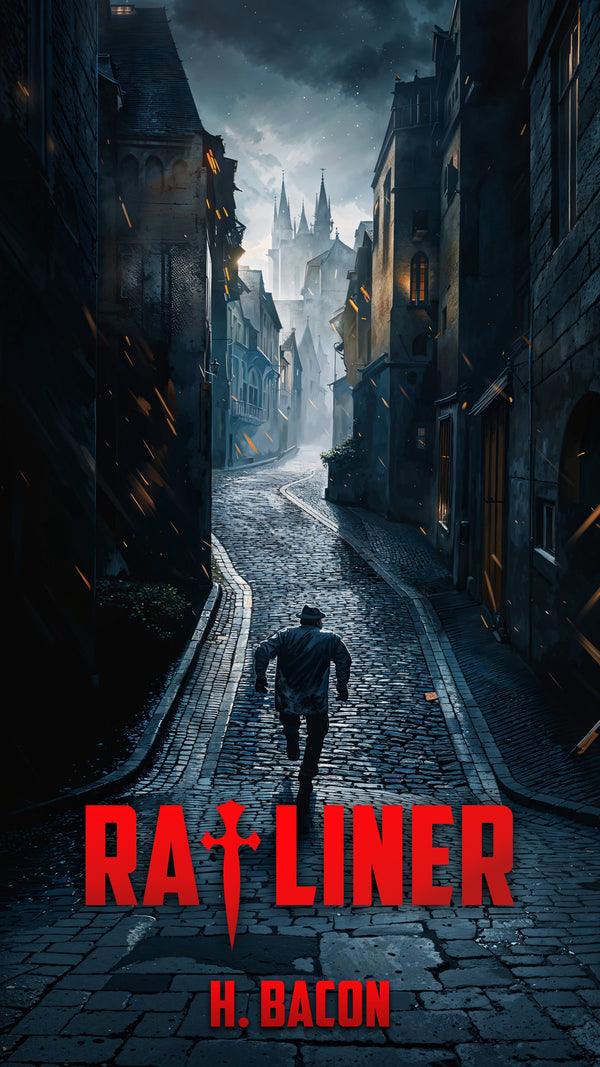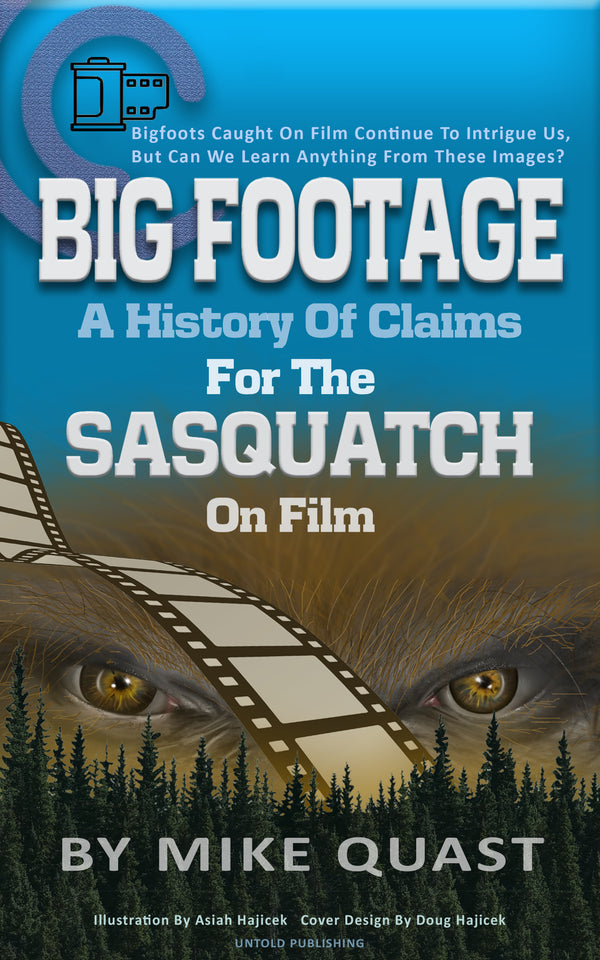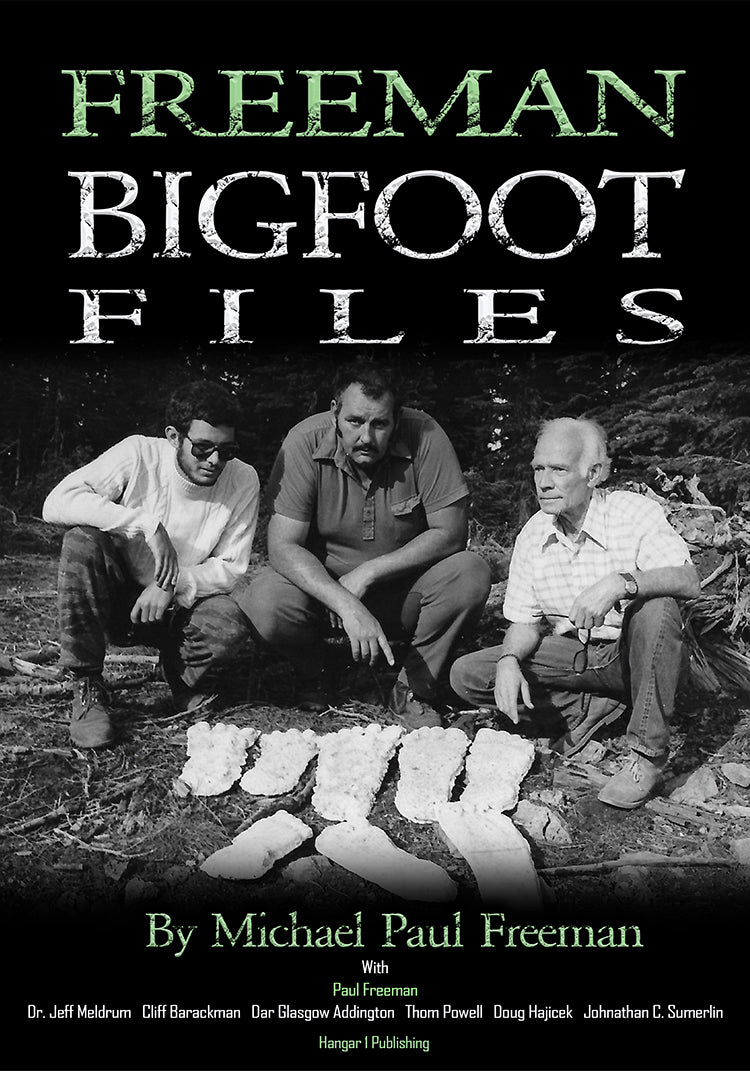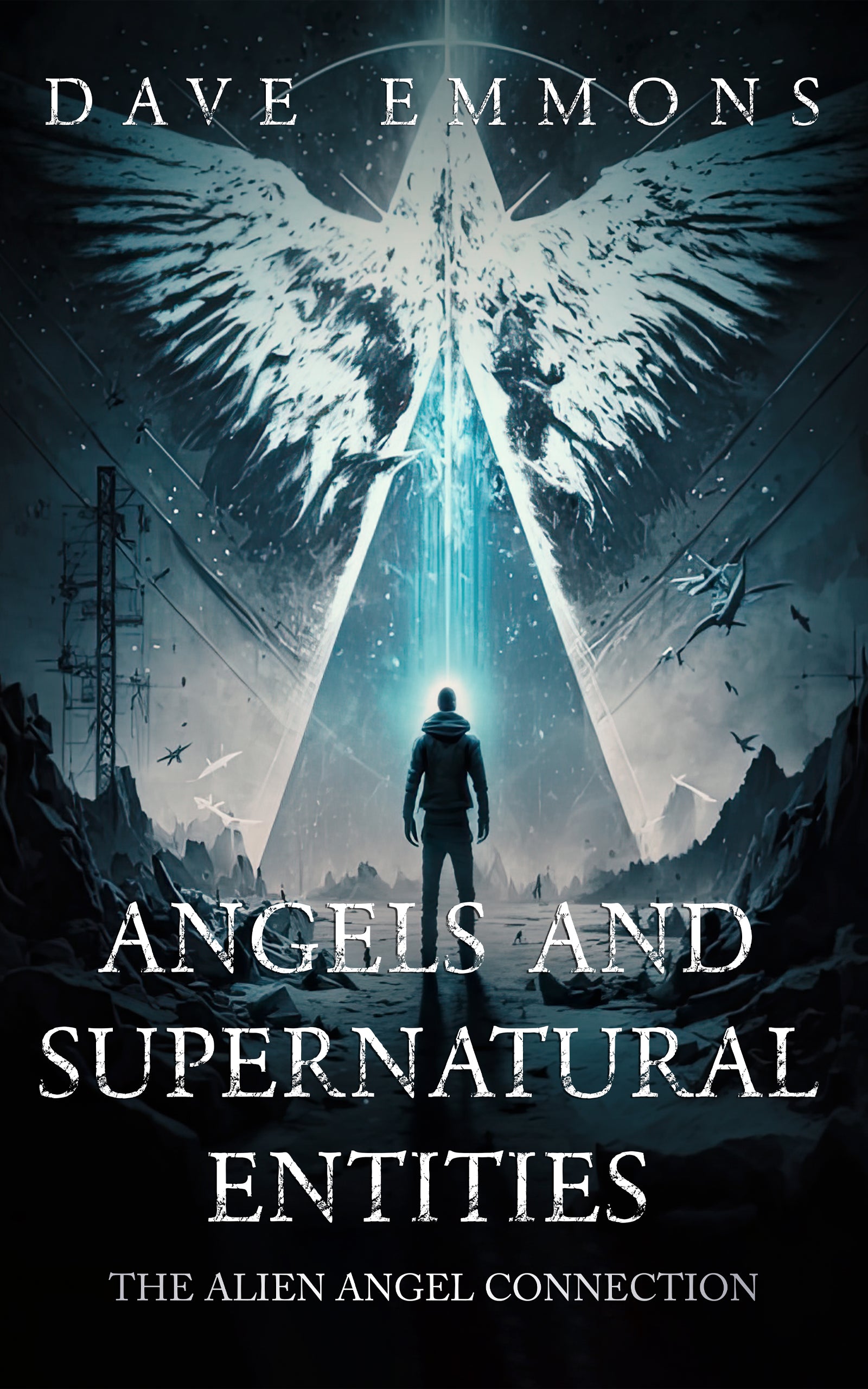Inside MUFON Investigations
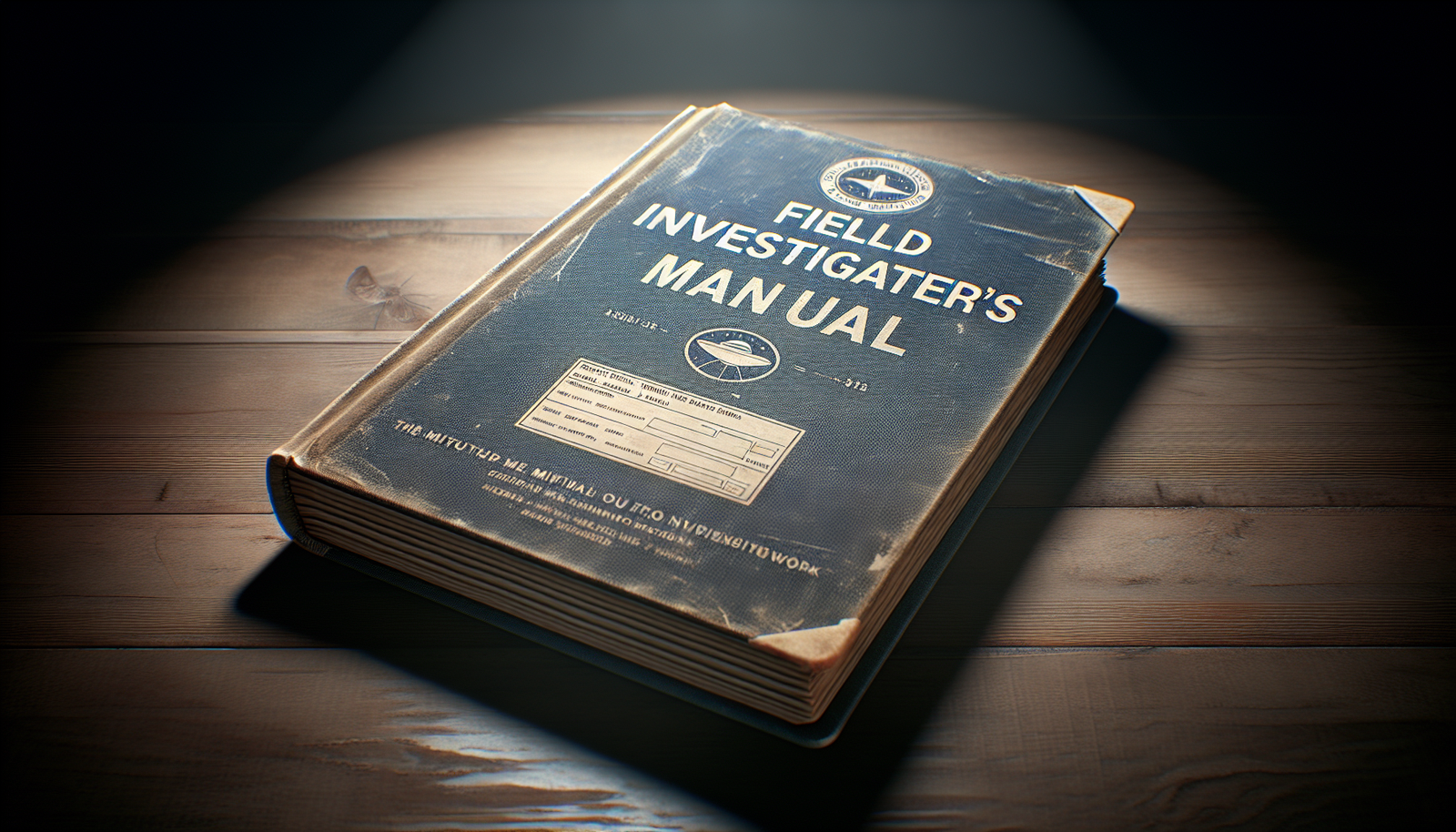
By Malcolm Blackwood, Ufologist
It starts, often enough, with a light in the sky. Something moving in a way that defies easy explanation, a silent craft where sound should be, an object glimpsed that doesn't fit the neat categories of aircraft, drone, or celestial body. These moments, unsettling and profound, are what often drive ordinary people to seek extraordinary answers. When official channels seem closed or dismissive, where do they turn? For many, the answer has been the Mutual UFO Network, or MUFON.
Founded in 1969, MUFON stands as perhaps the most recognized, largest, and certainly the oldest civilian organization dedicated to investigating reports of unidentified flying objects, or UFOs – now often termed Unidentified Aerial Phenomena, UAPs. Born from a desire to continue the scrutiny that official bodies like the Air Force's Project BLUE BOOK seemingly abandoned, MUFON is a sprawling network built almost entirely on the efforts of volunteers.
Forget the easy caricature of the “tin foil hat” brigade. While the field attracts a spectrum of beliefs, the core of MUFON's stated mission is, according to their own motto, "The Scientific Study of UFOs for the Benefit of Humanity." Behind the acronym lies a structured attempt to document, analyze, and potentially explain the inexplicable. It’s a task fraught with challenges, from the ephemeral nature of sightings to the inherent difficulties of applying scientific rigor to anecdotal accounts, not to mention the internal controversies that occasionally surface.
But the fundamental drive remains: the enduring human question, echoed across millennia – are we alone? MUFON investigators step into this uncertainty, armed with manuals, reporting forms, and often, a deep personal conviction that something significant is happening in our skies. This exploration will examine the origins of this unique organization, the people who dedicate their time to its mission, the meticulous, sometimes frustrating, process of investigating a sighting, the sheer strangeness of the phenomena they encounter, and the persistent challenges that define the civilian hunt for the unknown.
From Midwest to Mutual: The Evolution of a UFO Watchdog
MUFON didn't spring into existence fully formed. Its roots lie in the fertile ground of the late 1960s, a period rife with UFO interest and the winding down of official governmental inquiries. Specifically, it emerged on May 31, 1969, in Quincy, Illinois, initially christened the Midwest UFO Network. This establishment wasn't accidental; it was a direct response to the closure of the U.S. Air Force's Project BLUE BOOK earlier that year. The official message seemed to be, "nothing more to see here," but for many citizens, researchers, and witnesses, the questions were far from answered.
The founding members, including Allen R. Utke, Walter H. Andrus, Jr., and John F. Schuessler, weren't newcomers to the field. Many early participants had connections to existing civilian UFO groups like the Aerial Phenomena Research Organization (APRO) and the National Investigations Committee on Aerial Phenomena (NICAP), as well as publications like the SKYLOOK newsletter. These earlier organizations laid some groundwork, fostering a community of interested individuals and attempting their own investigations, though many eventually faded away. MUFON inherited not just members, but also the drive to create a more structured, nationwide approach.
The initial "Midwest" focus quickly proved too narrow. As interest grew and chapters formed beyond the original region, the organization rebranded in 1973. The adoption of "Mutual UFO Network" reflected its expanding geographic scope, eventually encompassing all 50 U.S. states and numerous international chapters. This expansion necessitated a more formalized structure and standardized procedures.
Central to this standardization was the development of the MUFON Field Investigator's Manual. This document, evolving over the years based on the collective experience of countless investigators, aimed to provide a consistent framework for collecting data, interviewing witnesses, and evaluating sightings. It represented an attempt, however debated its effectiveness, to move beyond haphazard collection towards a more systematic approach. From these early days, MUFON positioned itself not just as a club for enthusiasts, but as a repository for data, meticulously accumulating reports year after year. This database, now containing over 100,000 entries according to some sources, constitutes a significant, if complex, historical record of anomalous aerial sightings reported by the public over half a century.
The Human Engine: Who are the Investigators and What Drives Them?
The lifeblood of MUFON isn't funding or government grants; it's the thousands of volunteers who dedicate their time, energy, and often their own money to the pursuit of answers. It’s an entirely volunteer-driven engine, from local chapter meetings to the boots-on-the-ground field investigations.
Dismissing these individuals as mere amateurs, however, misses the mark. While a passion for the subject is paramount, the ranks of MUFON investigators include people from remarkably diverse and often highly credible backgrounds. You'll find former military personnel like Dan Nims, a retired Air Force fighter and test pilot who served as Director of Test for the F-22 program and now acts as Chief Investigator for MUFON of Washington. There are engineers, physicians, law enforcement officers, scientists, air traffic controllers like Robert Salas (who witnessed the Malmstrom AFB incident), and academics like John Powers, who holds a Master's in Sociology and teaches at the University of Nebraska at Omaha while also serving as a certified FI and STAR team member. Ken Jordan, the Texas State Director, brings his experience to bear, likening the investigative process to forensics, albeit "forensics with a twist."
So, what makes someone commit to this often thankless task? The research suggests a common thread: a profound curiosity, often described as a "burning desire to know what the truth is," coupled with an openness to possibilities lying outside conventional understanding – the ability to "think outside the box." Many investigators, like Linda Rafuse (MUFON Canada National Director) or Fred Zewe (Nebraska Assistant State Director), were drawn to the field through their own unexplained experiences earlier in life.
Becoming a certified Field Investigator (FI) isn't simply a matter of signing up. There's a process, designed to ensure some level of competence and commitment. Prospective FIs must obtain and study the MUFON Field Investigator's Manual – a comprehensive guide outlining procedures and background knowledge. They then need to pass an open-book exam, typically requiring a score of 80% or higher, to demonstrate their understanding. A background check is also standard procedure, adding a layer of vetting. Some sources mention an intensive "Boot Camp," possibly in Arizona, as part of the training, though this aspect has also drawn criticism regarding its cost and effectiveness in imparting truly rigorous scientific training.
These investigators operate within a defined structure. Sightings are routed through MUFON HQ (now back in Cincinnati, Ohio, near Lunken Airport, after a period in California) to the relevant State Director, like Maurene Morgan in Washington or Michael Panicello in Connecticut. The State Director, or sometimes a designated Chief Investigator like Dan Nims, then assigns the case to a local FI or a State Section Director. These leaders manage the caseload, ensure procedures are followed, and review completed reports before they move up the chain to Regional Directors and, ultimately, the Deputy Director of Investigations.
Beyond the procedural aspects, a crucial element, highlighted repeatedly by those within MUFON, is empathy. Maurene Morgan emphasizes that perhaps the most important job is "letting people know that you've heard them and they're not crazy." Many witnesses approach MUFON hesitantly, prefacing their accounts with "You're going to think I'm crazy." The investigator's role, therefore, extends beyond data collection to providing validation and a safe space for individuals to share potentially life-altering experiences without fear of ridicule – a stark contrast to the dismissive attitude they might encounter elsewhere. This human element, this connection with the witness, is as vital to the MUFON process as any piece of technical analysis.
The Lifecycle of a Sighting: From Report to Resolution (or Anomaly)
Imagine seeing something truly baffling in the sky. What next? For thousands each year, the next step involves logging onto MUFON.com and submitting a report. This is the genesis of a typical MUFON investigation. The initial submission, sometimes captured on a "message slip" in the past but now predominantly digital, acts as the starting point. It contains the witness's account, location, time, and any initial details they can provide.
Once submitted, the report doesn't just sit in a digital inbox. It’s routed from the central Case Management System (CMS) at MUFON headquarters to the State Director responsible for the geographic area where the sighting occurred. That Director, or their designated Chief Investigator, reviews the preliminary information and assigns it to the nearest available, qualified Field Investigator (FI). This ensures local knowledge can be applied and facilitates potential on-site investigation if warranted. As Washington State Director Maurene Morgan noted, she typically has only three days to assign a report, indicating a structured workflow.
The assigned FI then makes initial contact with the witness. This preliminary stage is crucial for gauging the potential significance of the case. Does the description involve high strangeness? Anomalous flight characteristics like hovering, extreme speed, or impossible maneuvers? Was it observed at close range? Was there an absence of expected sound? Based on this initial assessment, the FI decides whether a full investigation is justified. Many reports at this stage might be quickly identified as conventional objects – aircraft without proper lighting, a planet like Venus, the International Space Station, or even a high-altitude balloon. These are noted and filed as IFOs (Identified Flying Objects); recording them is important, as they might later correlate with a more puzzling sighting nearby.
If the incident warrants a deeper look, the core investigation begins. A key element is the witness interview. Experienced FIs stress the importance of letting the witness recount their experience in their own words, organically, rather than rigidly following a questionnaire. As investigator Francis Ridge pointed out, interrogating witnesses "Joe Friday" style can be unprofessional and lead to missing crucial details or getting the sequence of events wrong. The goal is to capture the narrative as remembered by the witness.
Alongside the interview, the FI gathers any available evidence. This includes photos or videos provided by the witness, which are often sent to specialized teams like the Combined Photographic Analysis Team (COPA), composed of investigators from states like Missouri and Illinois, for detailed frame-by-frame analysis. Texas State Director Ken Jordan described this meticulous process, breaking down videos into individual frames to find the clearest image for enhancement and analysis. If the sighting involved a potential landing or physical interaction, the FI might visit the site to look for traces, although this is less common. Gathering accounts from any corroborating witnesses is also vital.
A significant portion of the investigation involves environmental analysis. The FI will check flight path data for commercial and military aircraft in the area at the time of the sighting. They'll look up satellite passes, check weather conditions (was it stormy, cloudy, clear?), and research any local events like rocket launches (SpaceX launches are frequently reported, as noted by one investigator) or balloon releases (mylar balloons being a common culprit, according to Ken Jordan). This systematic process of elimination is MUFON's practical application of the "scientific method" – ruling out knowns before considering the unknown.
This methodology, however, isn't without criticism. Skeptics point out the heavy reliance on anecdotal witness testimony and question whether the volunteer FIs, despite their training manual and exam, possess the deep scientific rigor needed for definitive analysis. The organization states its dedication to science, but the practical application in a field fueled by often subjective experiences remains a point of debate.
Investigators typically operate under a time constraint; Maurene Morgan mentioned a 90-day window to complete an investigation. This adds pressure to the volunteer role. Once the investigation is complete, the FI submits their report, including their findings and classification (Identified, Insufficient Data, or Unknown), up the chain of command – potentially through State Section Directors, the State Director, and the Regional Director – before it reaches the Deputy Director of Investigations and is finally logged into the MUFON database, contributing to the organization's vast archive of sightings.
Beyond the Obvious: Investigating the Anomalous
MUFON investigators spend a considerable amount of time sorting the wheat from the chaff. As mentioned, a high percentage of reports submitted – figures like 85-87% or even higher are cited – get resolved with mundane explanations. Ken Jordan detailed the often-unspectacular reality: analyzing a photo reveals a lens flare from the sun; intriguing videos of twirling, shiny objects turn out, after careful frame-by-frame analysis, to be mylar balloons caught on the wind, possibly tied together with reflective ribbon. Identifying satellites, aircraft under unusual lighting conditions, planets, or even flocks of birds is routine work. This ability to identify the identifiable is, arguably, what lends credibility to the cases that cannot be readily explained.
It's that remaining slice – the 5% or perhaps 10% classified as "Unknowns" – that represents the core mystery MUFON pursues. These aren't just sightings where the FI gave up; they are cases that, after rigorous attempts to apply conventional explanations, simply don't fit. What elevates a sighting to "Unknown"? It's often a combination of factors:
- Credible witnesses (sometimes multiple, independent observers)
- High strangeness in the object's appearance or behavior (non-aerodynamic shapes, silent operation at low altitude, changing forms)
- Impossible flight dynamics (instantaneous acceleration, right-angle turns at high speed, sudden stops, lack of visible propulsion like wings or exhaust)
- Sometimes, reported physical effects on the environment or observers
The research provides glimpses into the truly perplexing cases MUFON grapples with. The famous 1973 Pascagoula, Mississippi encounter, involving Charles Hickson and Calvin Parker reporting abduction by strange beings near a river, remains a subject of study, with researchers like Dr. Irena Scott and Philip Mantle compiling extensive accounts, including new witness information, in books like "Beyond Reasonable Doubt." The chilling 1967 incident at Malmstrom Air Force Base in Montana, detailed by first-hand witness Captain Robert Salas, where multiple nuclear missiles reportedly went offline simultaneously as a glowing red UFO hovered nearby, raises profound questions about the capabilities and intentions behind the phenomenon.
Investigators also encounter bizarre contemporary reports. One FI recounted a 2017 case (MUFON Case #95355) involving an aerospace engineer and his friends witnessing a massive, black, boomerang or wedge-shaped craft ("like a giant pair of wrap-around sunglasses") flying silently and low over Lake Silverwood, California. The witness reported seeing multiple decks through a large window-like area, with backlit humanoid silhouettes moving inside, and visual "electronic snow" emanating from panels on the craft's rear – a description echoed in other reports. Another investigator, Larry Tyree, co-authored a book titled "The Fast Movers," focusing specifically on evidence of high-speed UAPs, and mentioned researching "Starburst Craft Experiences," hinting at specific classifications emerging from patterns in reports. Dan Nims of Washington MUFON alluded to investigating a "Donut UFO" and a "Pink Ring story," showcasing the sheer variety of forms reported.
Tackling these harder cases often requires specialized skills and teams within MUFON. The STAR (Strike Team Area Research) Team is designed for rapid deployment to investigate cases involving physical evidence or landings – the potential holy grail of getting actual material for analysis. Larry Tyree mentioned being part of the COPA (Combined Photographic Analysis) team, crucial for extracting meaningful data from often blurry or distant photos and videos. And perhaps most uniquely, MUFON boasts a dedicated Dive Team, led by Missouri State Director Debbie Ziegelmeyer. This team investigates reports of Unidentified Submersible Objects (USOs) – craft seen entering, exiting, or operating underwater. Ziegelmeyer's research into this area even led to her book, "The Alien Colonization of Earth's Waterways," suggesting a whole dimension to the phenomenon beneath the waves. These specialized units demonstrate MUFON's attempt to bring different expertise to bear on the most challenging and unusual aspects of the reports they receive.
The Human Element: Supporting Experiencers
The spectrum of encounters reported to MUFON extends far beyond lights in the sky or distant objects. A significant, and often deeply personal, category involves individuals known as "Experiencers." These are people who report more direct interactions – close encounters, alleged abductions, communication attempts, or profound consciousness-altering events they associate with non-human intelligence (NHI) or the phenomenon itself. These experiences can be confusing, traumatic, and socially isolating.
Recognizing the unique needs of this group, MUFON established the Experiencer Resource Team (ERT). This specialized branch functions less as investigators trying to debunk or verify, and more as a support system. The ERT aims to provide a compassionate, non-judgmental "safe space," as described by Maurene Morgan, where individuals can share their stories without fear of ridicule or dismissal. The goal is to offer resources, understanding, and a sense of community for those grappling with potentially life-changing events.
The ERT often includes investigators who are Experiencers themselves, bringing an invaluable layer of empathy and understanding. Fred Zewe, Nebraska's Assistant State Director and an ERT member, had his own missing time/screen memory experience in 1974 and subsequent encounters, fueling his spiritual studies and desire to support others. Anniversary Feinstein, a Colorado FI and ERT member, joined MUFON specifically because of a conscious contact experience in 1981 and is passionate about helping others navigate the trauma such events can cause. Linda Rafuse, MUFON Canada's National Director and an ERT member, also had her own UAP experience at a young age. Their personal journeys inform their approach, allowing them to connect with Experiencers on a deeper level.
MUFON's work with Experiencers also involves documenting and attempting to analyze these complex narratives. While inherently subjective and difficult to verify externally, these accounts contribute to the broader picture of the phenomenon's potential impact. Researchers within or associated with MUFON explore related fields that often intersect with Experiencer accounts, such as consciousness studies, the potential role of psychological phenomena like sleep paralysis (which can mimic some abduction elements and needs careful consideration during investigations), and even more fringe concepts like remote viewing, which investigator Chris Harmon practices. This focus acknowledges that the phenomenon might encompass more than just physical craft, potentially involving psychological, perceptual, or even interdimensional aspects. Providing support while carefully documenting these accounts is MUFON's way of addressing this deeply human, and often unsettling, facet of the mystery.
Challenges, Criticisms, and the Road Ahead
Despite its longevity and vast volunteer network, MUFON operates in a field perpetually shadowed by skepticism and controversy. The very nature of UFO reports – often fleeting, subjective, and lacking hard physical proof – makes rigorous scientific investigation incredibly difficult. Critics, like those cited by RationalWiki or skeptical investigator Robert Sheaffer, argue that MUFON, despite its stated commitment to science, often falls short. They point to a perceived over-reliance on anecdotal evidence, a potential for confirmation bias among members predisposed to believe, and investigation methods that may not meet stringent scientific standards.
The training provided to Field Investigators has also come under scrutiny. While the manual and exam provide a baseline, some question whether a relatively short process can adequately equip volunteers, regardless of their background, with the sophisticated deductive reasoning and scientific knowledge required to definitively analyze complex aerial phenomena or differentiate genuine anomalies from subtle conventional explanations or even deliberate hoaxes. Ken Jordan acknowledges that pursuing hoaxes can be time-consuming, demanding significant effort to disprove intentionally misleading reports.
MUFON has also weathered significant internal storms that have impacted its public image and credibility. Reports surfaced in 2018 regarding racist, anti-immigrant, and other discriminatory views expressed by some high-level officials and donors, leading to resignations from scientifically-minded members like former Director of Research Chris Cogswell and board member James Clarkson, who felt remaining was "morally unacceptable." The arrest of former Executive Director Jan Harzan in 2020 on charges of soliciting sex from a minor dealt a severe blow to the organization's reputation, resulting in his immediate removal. These scandals, while perhaps not reflective of the entire membership, inevitably raise questions about the organization's leadership and internal culture.
The recent surge in mainstream attention towards UAPs, spurred by government disclosures like the Navy Tic Tac videos and Congressional hearings, has created a paradoxical situation for MUFON. On one hand, as noted by Maurene Morgan and Michael Panicello, this increased legitimacy encourages more witnesses to come forward, feeling less fear of ridicule ("Now we’re no longer considered with the tin foil hats," Panicello observed). Membership saw explosions in some chapters following congressional hearings. On the other hand, some within the MUFON community view this governmental openness with deep suspicion, interpreting it as groundwork for a potential false flag operation or a deeper conspiracy, as discussed in a Port Townsend MUFON meeting.
Looking forward, MUFON faces the ongoing challenge of balancing its role as a welcoming haven for witnesses and Experiencers with the need for credible, objective investigation. Attracting and retaining skilled investigators, maintaining ethical standards, and adapting its methods to account for new technologies (like advanced drones or ubiquitous phone cameras) are critical. The organization provides a valuable service by simply being there – a global network where people can report the unexplained and find someone willing to listen and investigate. In an age where official bodies are slowly acknowledging the reality of UAPs, the decades of data collected by MUFON volunteers, warts and all, represents a unique and potentially invaluable resource in the continuing quest to understand the phenomena in our skies.
From Bigfoot to UFOs: Hangar 1 Publishing Has You Covered!
Explore Untold Stories: Venture into the world of UFOs, cryptids, Bigfoot, and beyond. Every story is a journey into the extraordinary.
Immersive Book Technology: Experience real videos, sights, and sounds within our books. Its not just reading; its an adventure.




